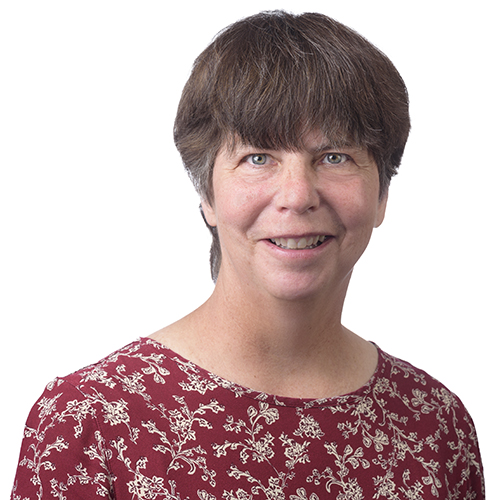By Eva Ryan, University of Wisconsin-Madison
To further celebrate the Wisconsin Sea Grant 50th anniversary, I had the opportunity to interview Ginny Carlton, education outreach specialist. Ginny gave me insights into the changes in her field from the past 50 years and hopeful changes for the next 50.
Carlton provides learning opportunities to an array of different people including K-12 students and teachers, as well as catering to other audiences through programs like Grandparent’s University. The education branch also hosts webinars that are open to the public. Some of these webinars have recently been associated with the Center for Great Lakes Literacy (CGLL). The CGLL allows Sea Grant education specialists from across the Great Lakes basin to collaborate and produce educational products and programs. For example, the Trash Trunk is an educational kit that explores what marine debris is, its impacts and what can be done about it.

Ginny Carlton. Image credit: Wisconsin Sea Grant
“I think that’s one of the really wonderful things about Sea Grant; the education isn’t just left to me,” Carlton said. “As the education outreach specialist, I have the opportunity to work with a lot of our other colleagues at Sea Grant.” For example, Anne Moser, Adam Bechle and Carlton are collaborating on a NOAA-funded grant project that provides seventh grade students in the Racine Unified School District with educational opportunities related to coastal engineering concepts.
Though Carlton started her position at Sea Grant in 2019, she has observed several changes within the education field from the past 50 years. One of the details she listed was research into neural science, specifically the way people process and retain information.
Another change in the education field is a greater focus on place-based education. While early educational movements, such as nature study and conservation education, acknowledged ecological differences between one location and another, place-based education expands the concept of place beyond just geography. Place-based education uses aspects of the students’ environment like culture, ecology and economy to make connections between their education and local community.
Though the education field has made strides in becoming more inclusive and optimal for student learning, there are always improvements to be made. “I hope we find ways to more fully open learning opportunities to everybody,” Carlton said. She noted that the COVID-19 pandemic has highlighted the fact that not everyone has the same opportunities as others all of the time.
“At Sea Grant, we’re very fortunate because we have wonderful partners who can, and do, help with the work,” Carlton said. Sea Grant works with a variety of partners to design, promote, deliver and evaluate diverse educational offerings and products, which in turn helps all of us to reach a larger audience with important educational messages about the Great Lakes and people’s relationships to them. For example, a recent project, ROVe the Great Lakes, created in partnership with the Wisconsin Historical Society, features the work of maritime archaeologists who use remotely operated vehicles in their work.
Despite this impressive feat, Carlton has her sights set on further improving her field. “We have to work collaboratively to meet the needs of as many people as we possibly can,” said Carlton, “In this way, we advance our mission to promote the sustainable use of Great Lakes resources and reach our vision of thriving coastal ecosystems and communities.”


